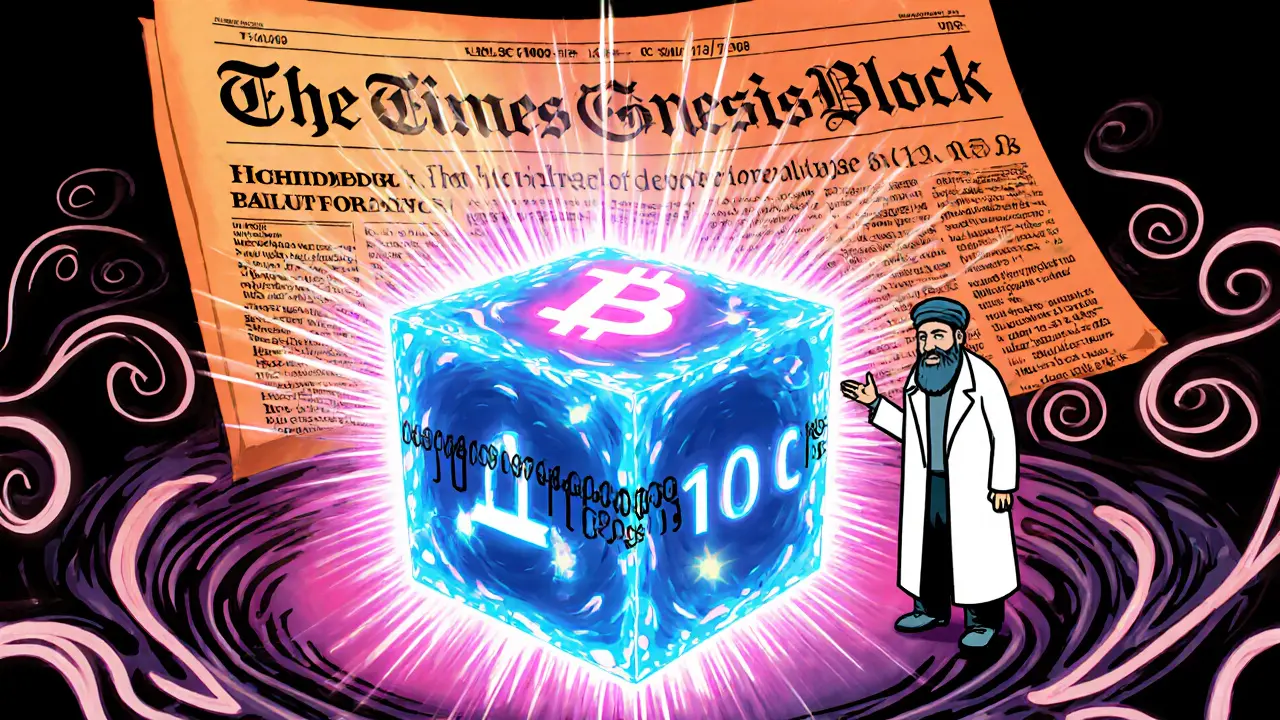Unspendable Bitcoin – Definition, Causes, and Effects
When you hear the term Unspendable Bitcoin, coins that exist on the blockchain but can never be moved or spent due to technical or intentional constraints. Also known as lost Bitcoin, it typically shows up when a private key is destroyed, a transaction sends funds to a provably unspendable script, or the amount falls below the network’s dust limit. The broader Bitcoin, the first decentralized digital currency that uses proof‑of‑work to secure a public ledger supplies 21 million coins, but not all of them stay usable. A common way to render coins unspendable is by sending them to a burn address, an address with no known private key, often a string of zeros or a script that always evaluates to false. Another source is dust limit, the minimum output size (~546 satoshis) below which a transaction is considered uneconomical to confirm, leaving tiny outputs that miners refuse to include. When either of these situations occurs, the coins become part of the permanent, unusable ledger, effectively disappearing from the spendable pool.
Why does this matter? Unspendable Bitcoin directly trims the effective circulating supply, which in turn can influence market perception of scarcity. For example, analysts estimate that roughly 3‑4 million BTC are already locked away, either in burned addresses or as dust that will never be cleared. This reduction creates a semantic triple: unspendable Bitcoin reduces effective circulating supply; reduced supply can increase price pressure; price pressure attracts more investors. The phenomenon also ties into the UTXO, the set of unspent transaction outputs that define who controls which coins model. When a UTXO points to a burn address or falls below the dust threshold, it stays in the ledger forever, meaning the total number of valid UTXOs shrinks over time. Developers and auditors often scan the blockchain for these dead outputs to refine supply metrics and improve economic models. Understanding the relationship between burn addresses, dust, and UTXOs helps you see why some Bitcoin is permanently out of reach and how that shapes the broader ecosystem.
Identifying and Preventing Unspendable Bitcoin
If you’re managing a wallet or building a service, you’ll want to avoid accidentally creating unspendable outputs. First, never send funds to an address you haven’t verified – especially the infamous all‑zero address or any script that lacks a known redeem path. Second, keep an eye on transaction fees; sending a tiny amount that falls under the dust limit will likely be rejected by miners, leaving the coins stranded. Third, back up your private keys securely; losing the sole key to an address immediately turns its balance into unspendable Bitcoin. Tools that flag dust‑size outputs and audit UTXO sets can give you early warnings, letting you consolidate or sweep leftovers before they become irretrievable. By staying aware of burn addresses, dust rules, and UTXO health, you keep more of your Bitcoin usable and contribute to a healthier, more transparent supply picture. Below, you’ll find a curated list of articles that dig deeper into each of these angles, from technical guides to market‑impact analyses.
Why the Bitcoin Genesis Block Reward Is Unspendable
Explore why Bitcoin's first 50 BTC from the genesis block can never be spent, covering the technical rule, design intent, and its impact on supply.
